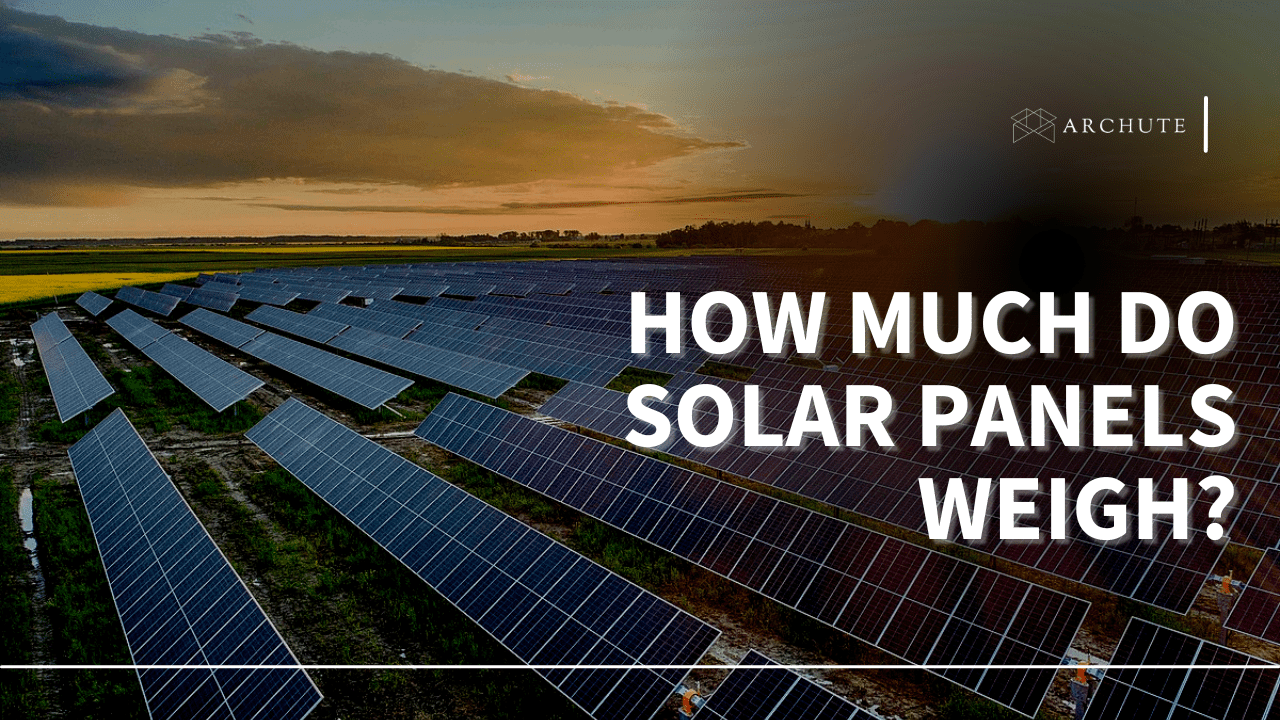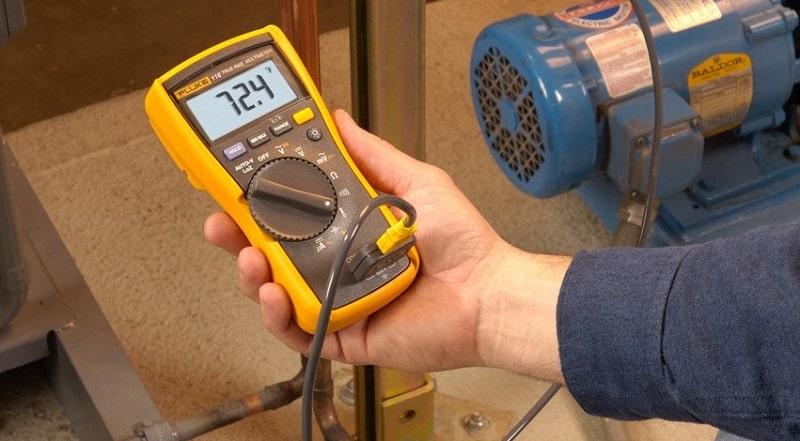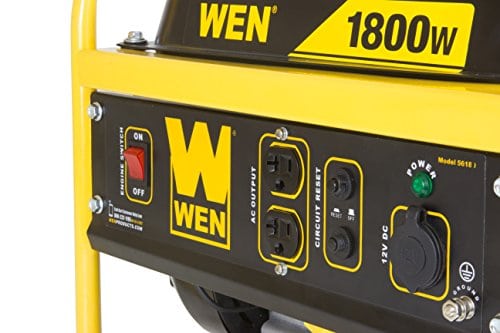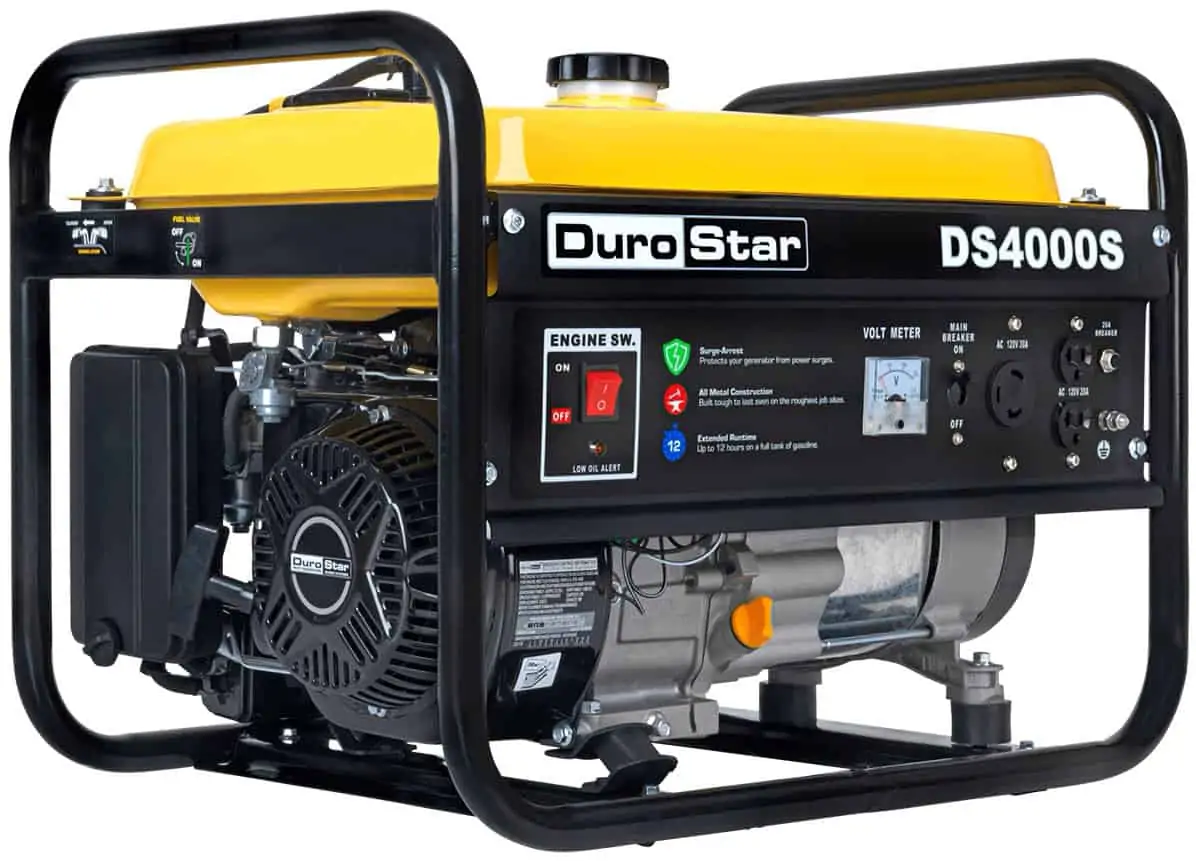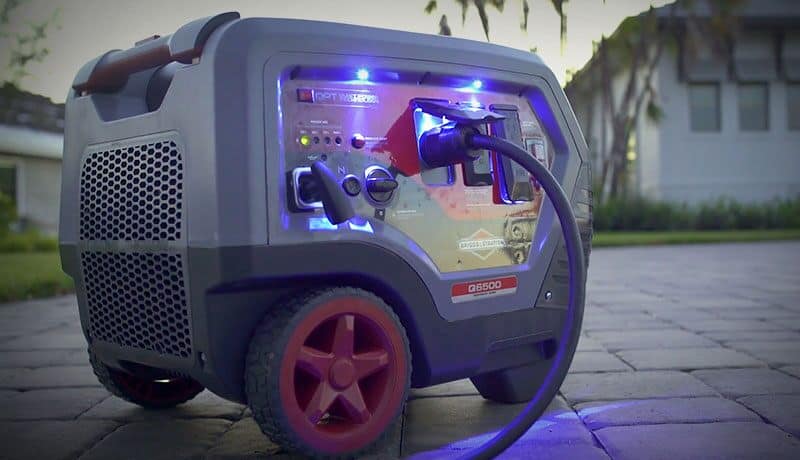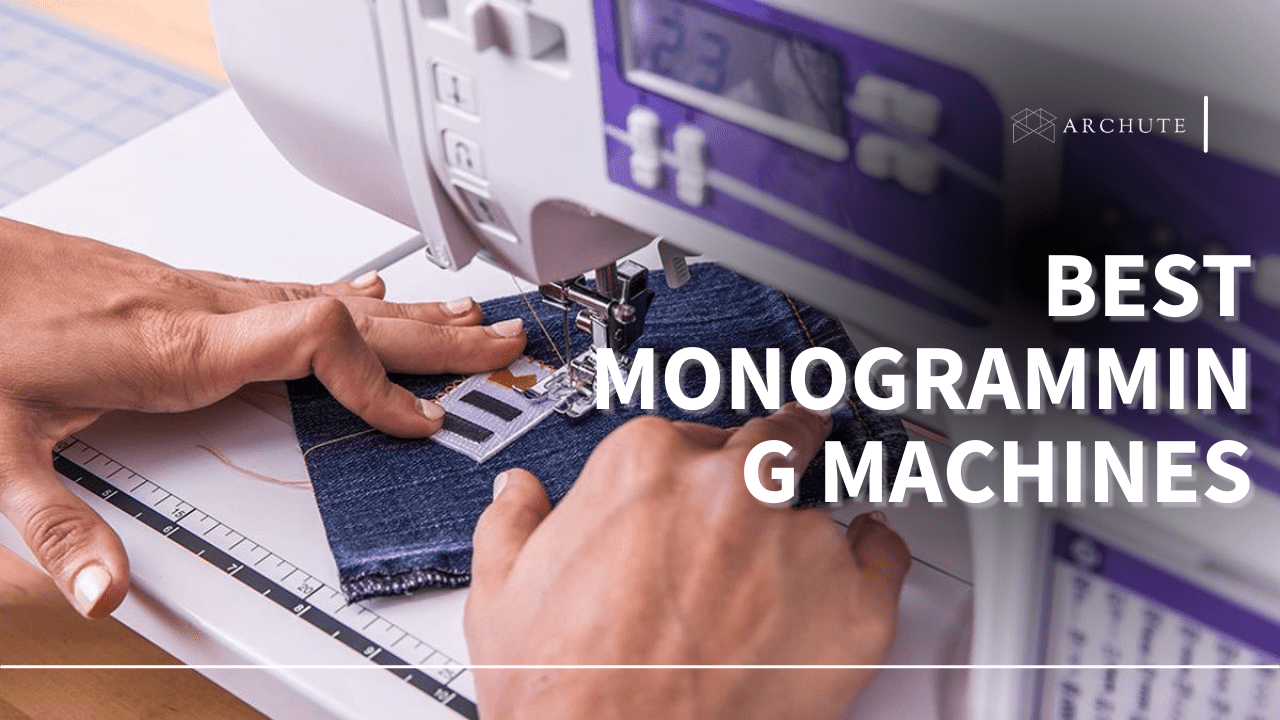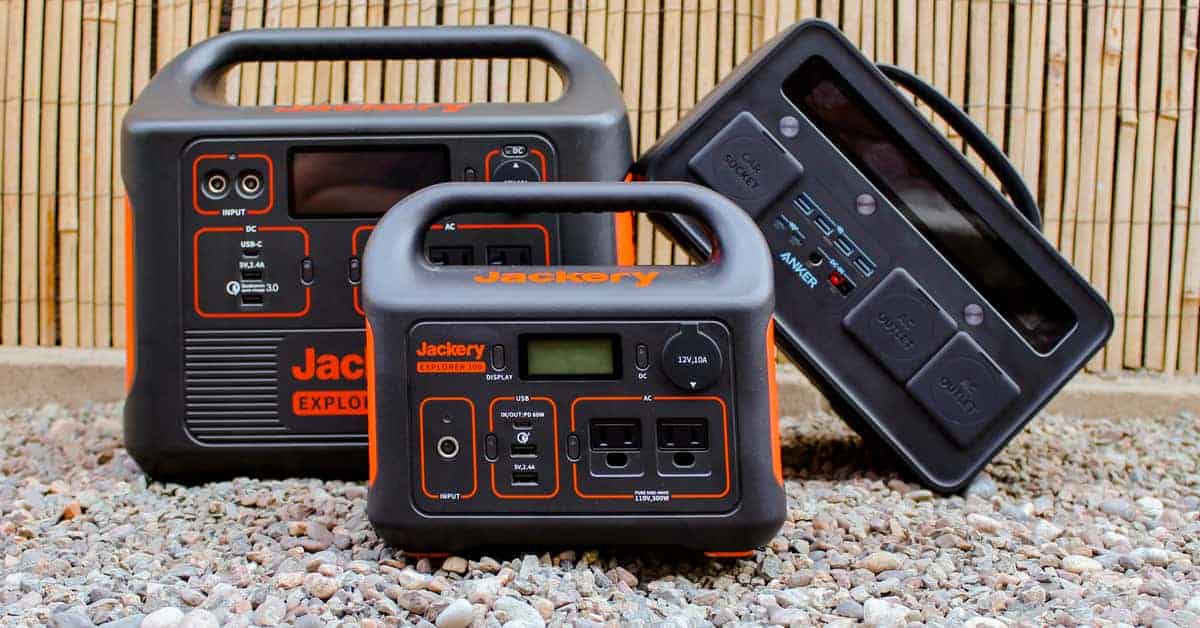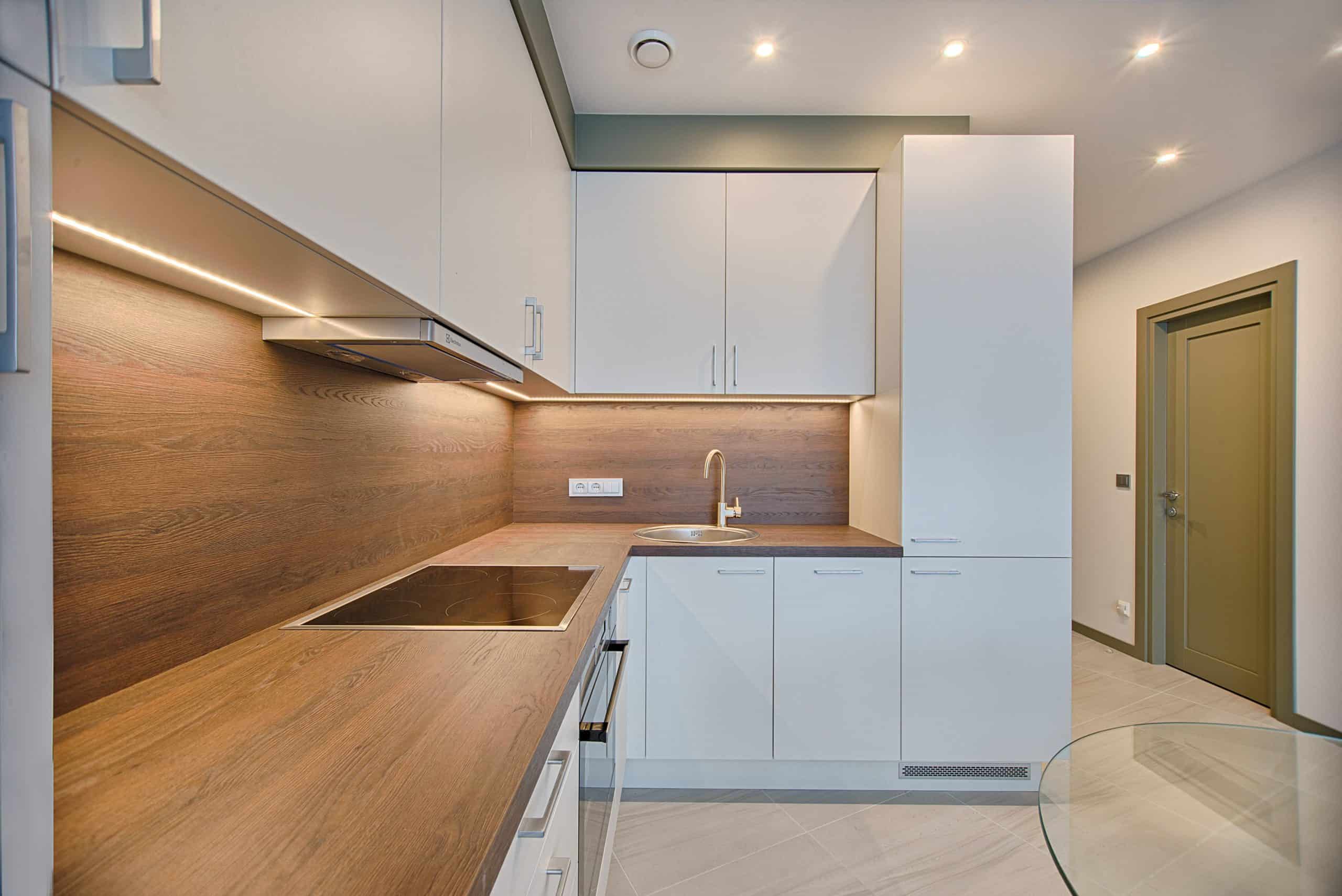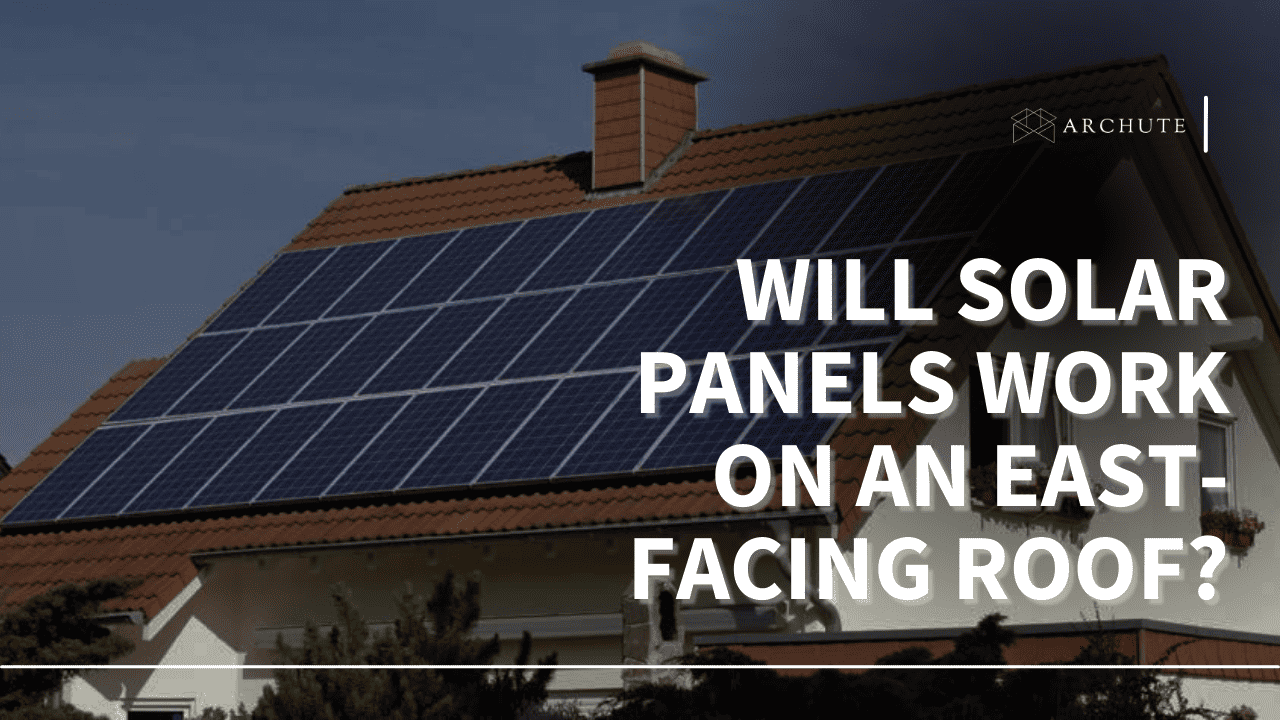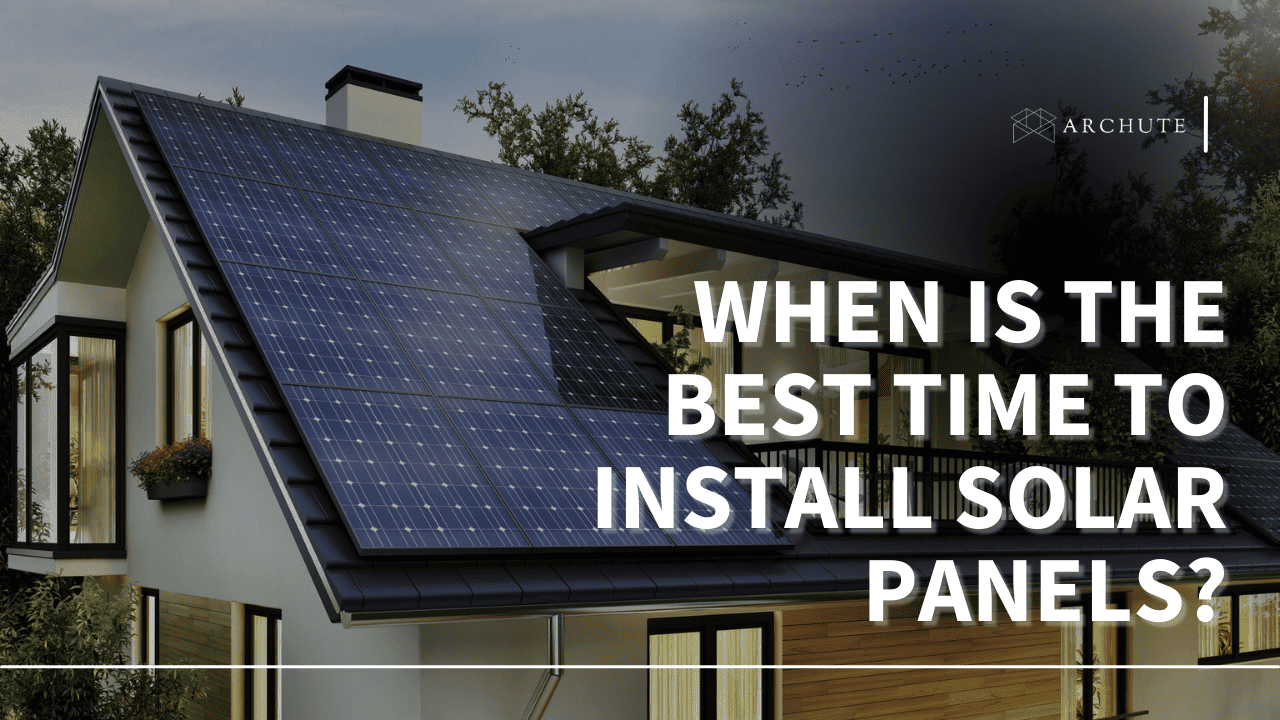One of the best modern inventions ever is solar panels, boasting benefits that can only be equaled by planting almost 1.2 billion trees. Because of the numerous environmental benefits, solar panels have increasingly become popular across the US. So, how much do solar panels weigh? The answer to this question will make it easier to pick out what suits you and be part of the beneficiaries!
The weight and size of a solar panel will greatly depend on the technology, manufacturer, and material used. Since the technology has been considered a good investment for decades, it’s advisable to understand the weight of solar panels, the factors affecting them, and how they impact your rooftops.
How Much Do Residential Solar Panels Weigh?
There is no standard weight for residential panels because it will vary depending on some crucial factors. Nonetheless, the average weight for most residential solar panels is about 40 pounds, which is calculated to be about 2.3 pounds per square foot. And typically, there should be60 solar cells per residential solar panel.
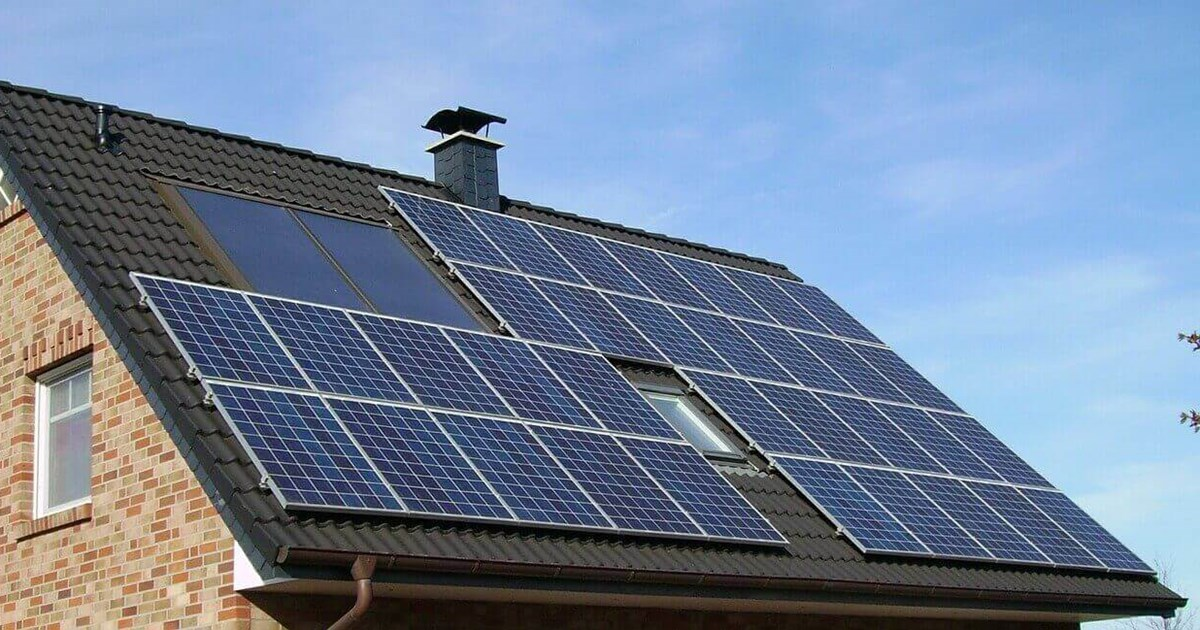
Image Credits: medium.com
Factors that determine solar panel size and weight include manufacturers, the model type, and whether they are polycrystalline or monocrystalline solar panels. Furthermore, they generally have to carry a bit of weight since their build has to be robust to withstand the outdoor weather elements.
How Much Do Commercial Solar Panels Weigh?
Compared to residential panels, commercial panels are larger and stronger. They weigh about 50 pounds and are 6.5 feet by 3.5 feet wide. Solar cells per commercial panel can go as high as 98, but typically commercial installations use 72-cell solar panels.
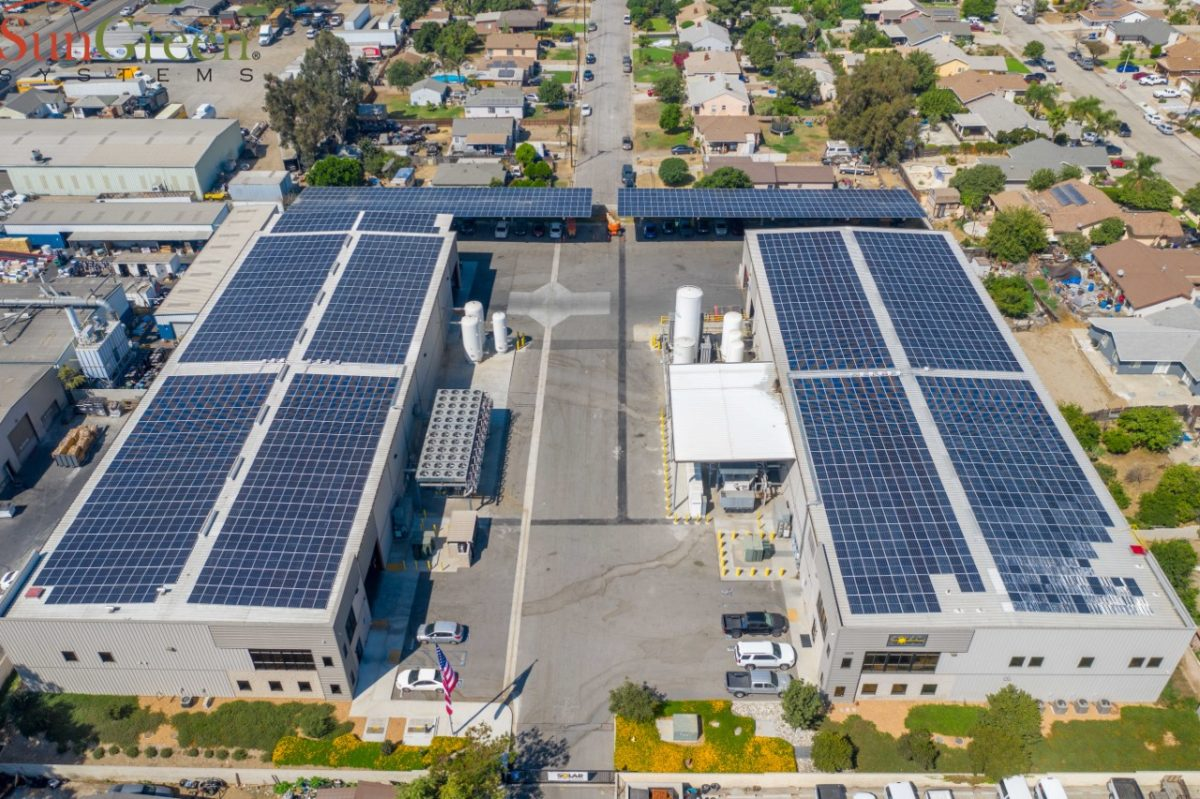
Image Credits: facebook.com
Interestingly, commercial solar panels weigh less than you expect. Since the weight gets spread out over a large area, they weigh only 2.5 pounds per square foot.
What Makes a Solar Panel Heavy?
The solar panel weight is mainly determined by the material used. The materials that carry the most weight are the aluminum frame and the cover glass. Here are the components of a typical solar panel system:
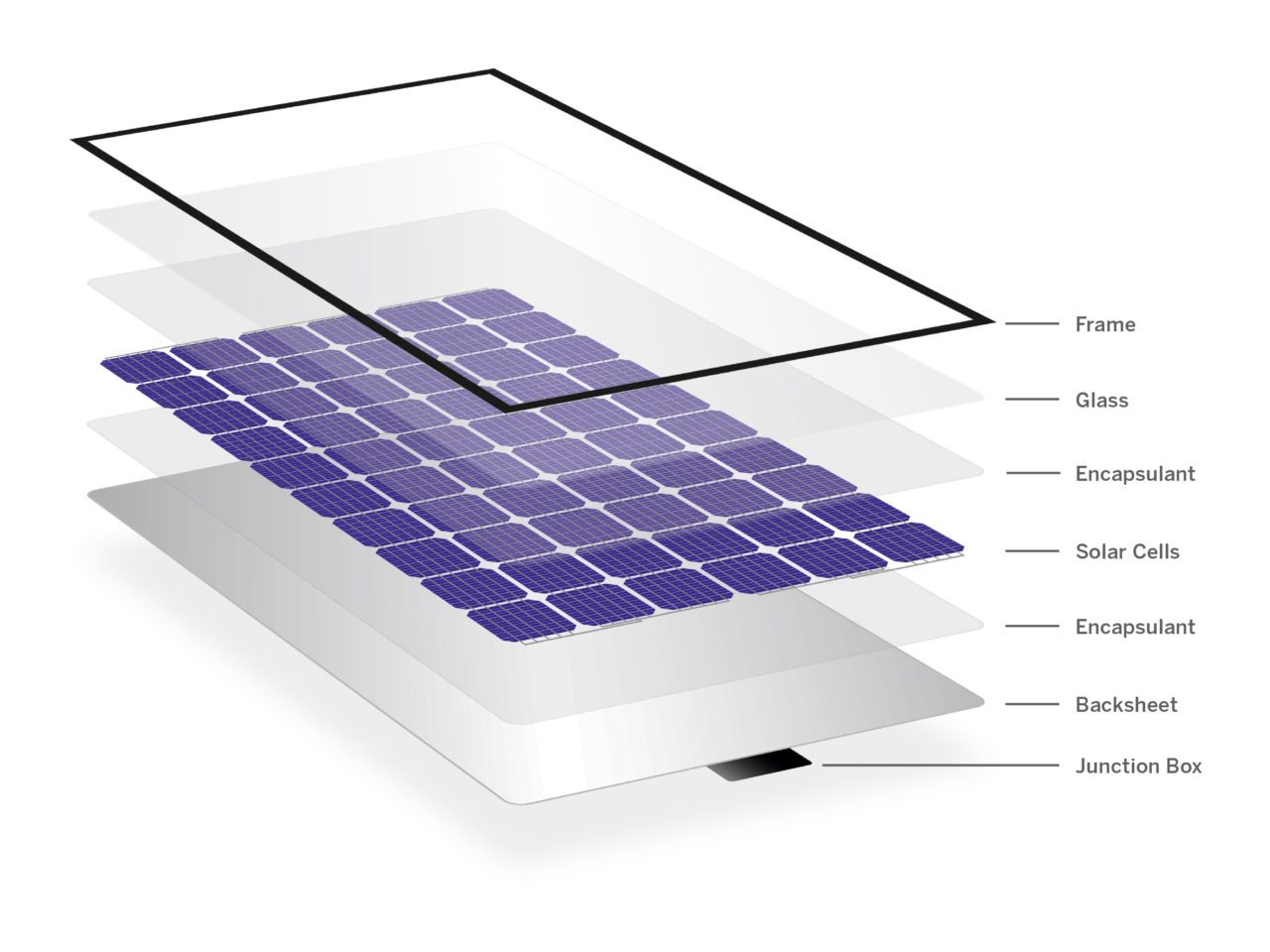
Image Credits: ibc-solar.com
- Aluminum frame
- Front Cover Glass
- Encapsulation foil 1
- Stringed Solar Cells
- Encapsulation foil 2
- Back sheet
- Junction box
Types of Solar Panels
Generally, there are mainly three types of solar panels. The following is a breakdown of each panel type:
1. Photovoltaic Solar Panels
Photovoltaic panels are also known as thin-film panels and are commonly used for residential installations. Depending on the manufacturers, these solar panels weigh between 33 to 50 pounds per panel.

Image Credits: pinterest.com
While the dimensions used for residential solar installations are generally the same everywhere, it is important to consider whether your roof can withstand the weight. The weight of residential photovoltaic panels is measured per square foot. The most common weight is usually 4 pounds per square foot.
Evaluating your roof and ensuring it can withstand the extra weight that solar panels add is important. If your roof is old, it is advisable to consult professional roofing companies to help restructure or reinforce it. You can also ensure that your house is made from the best materials that help disaster-proof your home.
2. Monocrystalline Panels
Monocrystalline panels are a bit heavier compared to residential panels. Therefore, they are commonly used for commercial purposes, but in rare cases where the residential house is strong enough, they get used there.
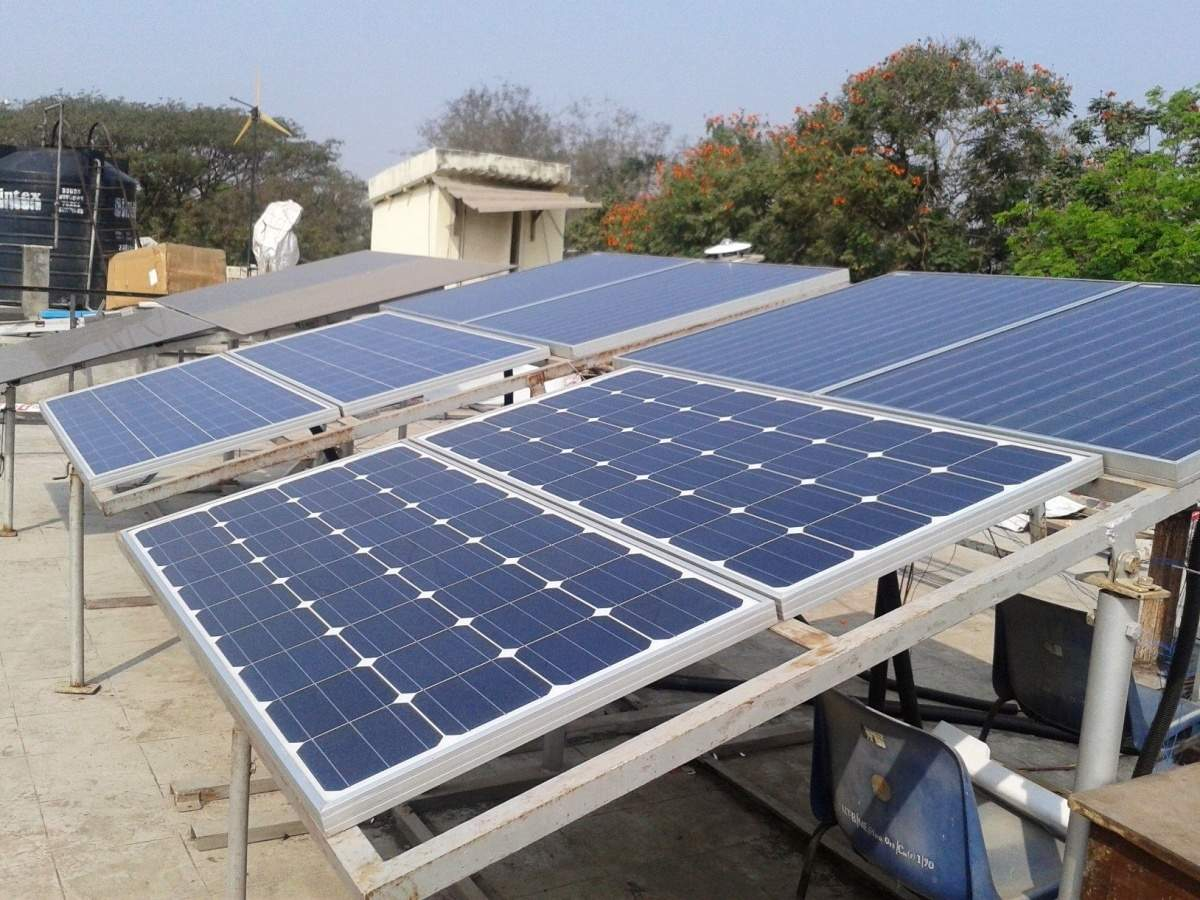
Image Credits: indiatimes.com
Each monocrystalline panel weighs about 50 pounds and produces significant energy. As a result, the monocrystalline panels have a very high energy output that is essential for commercial buildings. Nonetheless, manufacturers have been working on reducing the overall weight of the monocrystalline panels without interfering with the energy production levels.
3. Polycrystalline Solar Panels
Polycrystalline panels were once considered an inferior version of heavyweight monocrystalline panels. However, they have become a popular choice for residential solar panels over the years.
They are the cheapest panels to produce, with a total weight of 42 pounds per panel. And even though they are relatively new in the market, they have quickly become a favored choice among homeowners.
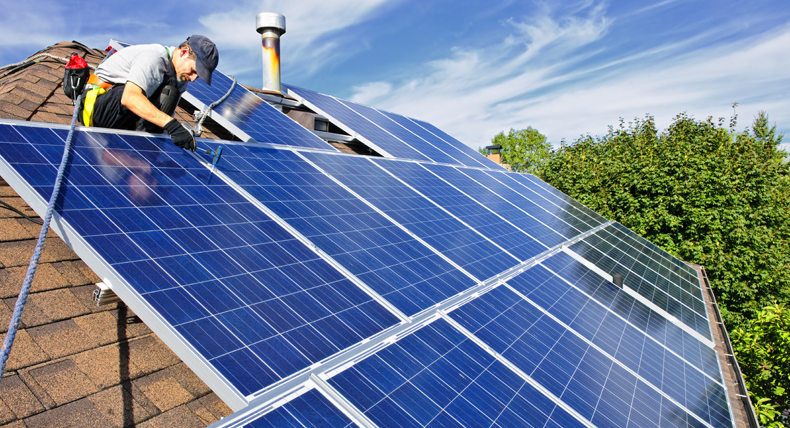
Image Credits: forbes.com
Nonetheless, monocrystalline panels are less energy efficient than polycrystalline panels. As a result, and despite their low costs, they are not used as commercial solar panels. However, manufacturers have managed to increase the performance of polycrystalline panels closer to that of commercial monocrystalline ones.
Is Your Roof Capable of Supporting a Solar Panel Installation?
For structural engineers to determine whether or not a roof can support a solar panel system, they must know the total weight first. It is also essential to consider whether the roofing materials are in good shape to handle the weight of the panels.
1. Weight of Solar Panels on Your Roof
An example is a 6KW solar array of 20 panels weighing 800 pounds. The area covered would be approximately 352 square feet in total. Additionally, the weight would be about 2.3 pounds per square foot on a sloped roof. On the other hand, we estimate 352 square feet to be around 5 pounds per square foot on a flat roof.
To calculate the total weight of the solar array, you would have to consider the panels, racking, wiring, mounting equipment, junction boxes, and others. Going by this, the total weight of solar panels will include the panels and everything else used in the process, including the inverter that gets bolted to the wall.
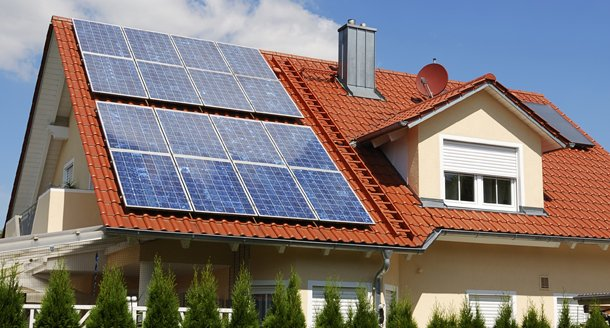
Image Credits: cer.bg
2. Most Roofs Can Easily Handle the Weight
More often than not, most roofs can support the extra weight that solar panel installation adds. After all, some are designed to withstand up to 20 pounds of snow weight per square foot without becoming stressed.
You are probably wondering what happens when snow collects on the solar panels. Luckily, structural engineers will tell you that most of our roofs are designed to support the extra weight effortlessly.
3. Make Sure to Check Your Roof If You Have Doubts
No matter how much you are assured of your roof support, only you know your house and whether or not it can support the extra weight. So if you suspect, for whatever reason, that your roof might not be in good shape or is old, it is best to consult a professional solar installation company to come and check.
The structural engineers will inspect the roof before installation and advice you on what needs to be done. And the best part is that you can talk to whomever you are comfortable with. After all, there are both male and female Architects changing the architecture industry.
Can the Solar Panels Damage Your Roof?
After an architect has inspected your roof and given the green light, there isn’t much to worry about. And while a lot that is involved in the process, like penetration, will have you concerned about leaks, the roofing material determines the probability of leaks and other damages.
The roofing company and the solar installers will mount the panels putting into account the type of roofing material used. Here are the different types of roofs and methods used when installing solar panels.
1. Corrugated Steel Roofs
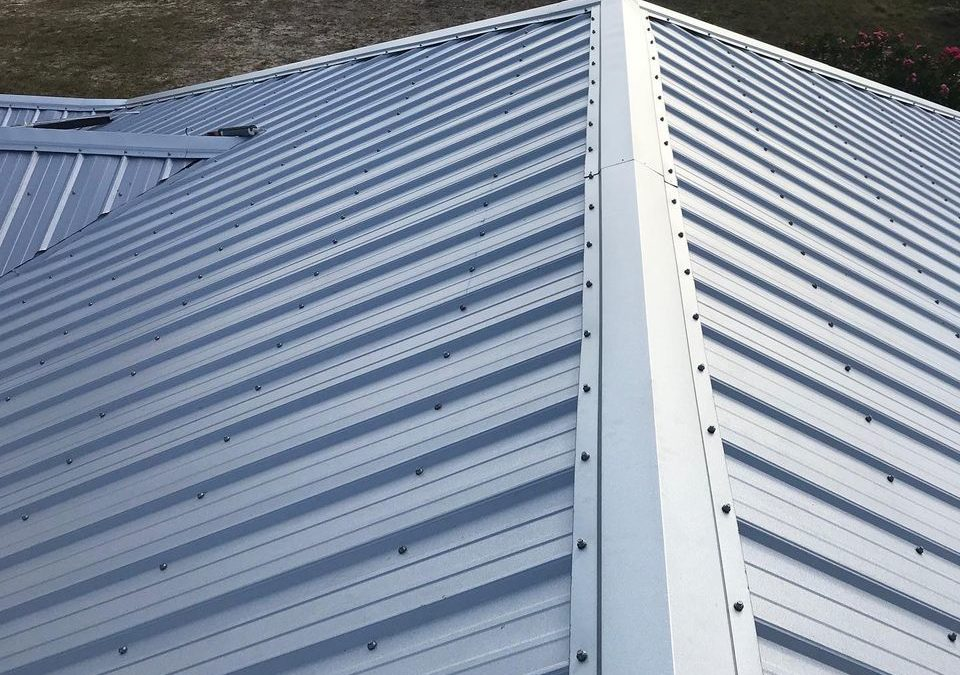
Image Credits: trademarkroofingllc.com
There is a tailored mounting bracket that is used on corrugated steel roofs. The bracket comes with the same roofing screws used in the installation process. Thus the chances of leaks are minimized to zero.
2. Asphalt Shingles
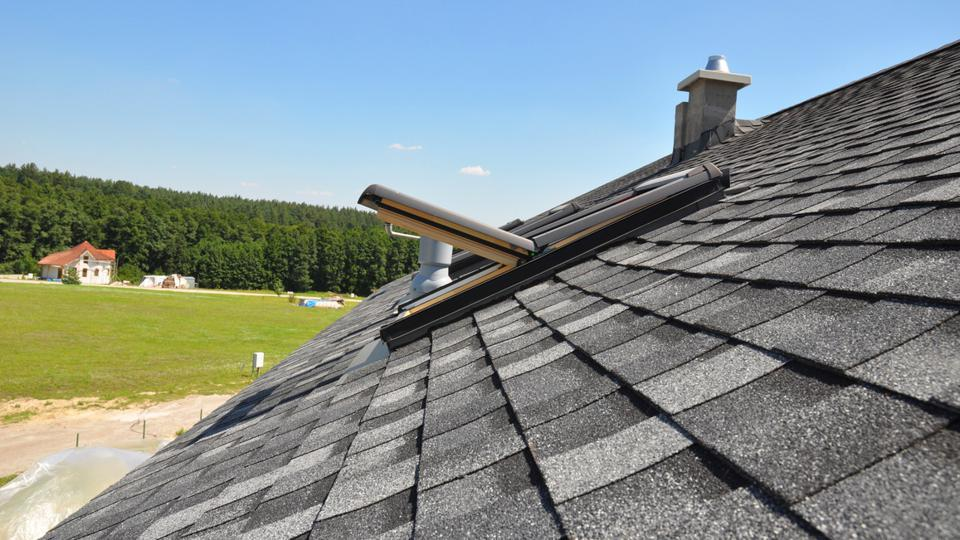
Image Credits: forbes.com
Eliminating leaks when handling asphalt shingles requires the installation of a piece of flashing. The flashing is installed under the shingle to ensure that the lag bolt is easily set into the rafters.
3. Standing Seam Roofs
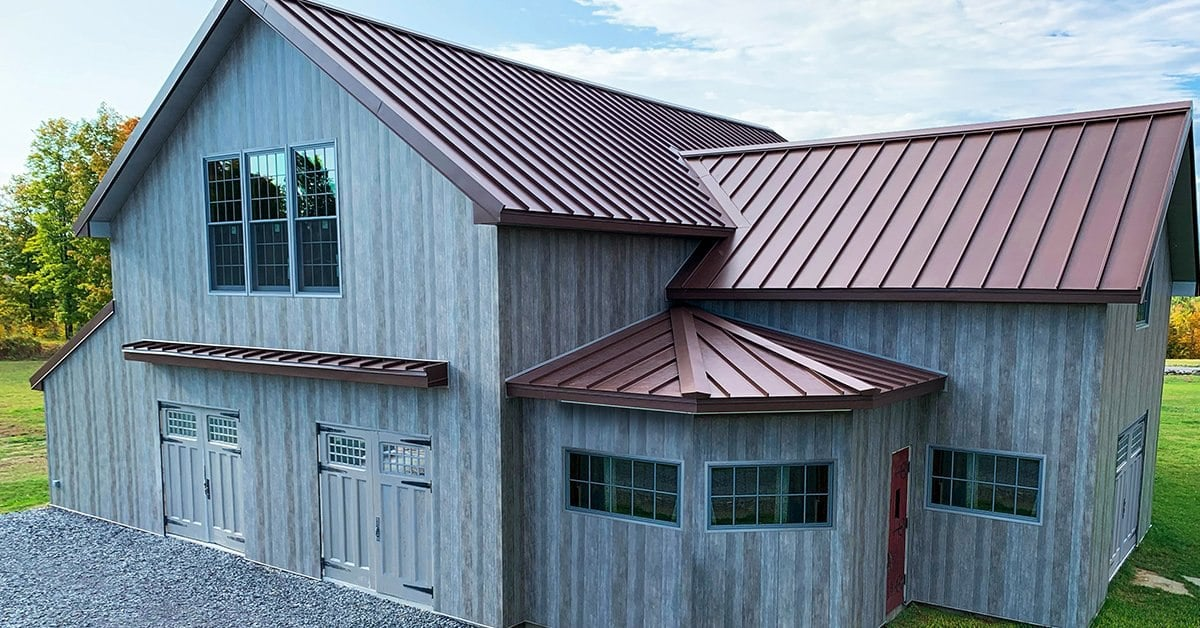
Image Credits: westernstatesmetalroofing.com
Standing seems designed to require no penetration in the solar installation process. The design uses clamps that are easily attached to the roof, ensuring stability without having to penetrate.
4. Flat Roofs
Flat roofs also don’t require penetration during solar installation. Instead, a ballast roof mount is used for installation; they usually have cinder blocks’ weight, making it easier for them to secure the panels.
Frequently Asked Questions About Solar Panel Size
I). What is a standard solar panel size?
Depending on whether you are measuring a residential solar panel or not, the standard dimensions are 5.5 feet long and a little over 3 feet wide. Commercial panels are a bit larger at 78 by 39 inches wide.
ii). How big is a 300W solar panel?
Most solar panels used in residential areas are rated for 300W per panel. Nonetheless, the total power output of a panel will depend greatly on different factors, such as geographical location.
iii). What is the best size of panels?
The size of the solar panel will be determined largely by the available space. Large solar panels are popular for commercial installation and houses with strong large roofs. However, you can go for smaller panels if, for instance, your roof is small.
iv). How big is a 500W solar panel?
After many years of advancement in the solar panel industry, there is yet to be a definite rule to determine the size. Most manufacturers and installers focus on the efficiency of each panel.
v). Are there multiple sizes of solar panels?
There are different sizes of solar panels, depending on whether you want to use them for residential or commercial purposes. Nonetheless, the most common configuration for solar panels is 60 or 72 cells.
vi). What can a 400W solar panel run?
What a 400W solar panel system can run, is greatly depended on the specific energy requirements of the appliance in question. For example, a 400W panel can easily run an air conditioner window unit.
vii). What can a 100W solar panel run?
A 100W solar panel can only run small appliances, such as when you need power. These panels are not designed to power up anything with a larger setup.
Conclusion
A solar panel’s weight depends on the brand and material used. For example, most residential panels weigh 40 pounds, while commercial solar panels have heavier designs. Currently, the weights of solar panels have been accepted in the industry; however, manufacturers are leaning towards creating lighter but more efficient products.
Determining the size, weight and whether or not a particular solar panel is suitable for your roof requires a nod from a structural engineer. After all the installation, why not take time to appreciate all the professionals by buying them one of the best gifts for architects?
Featured Image: wikimedia.org

